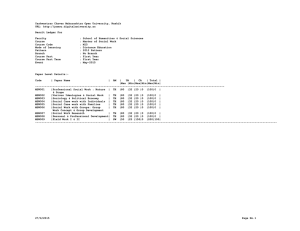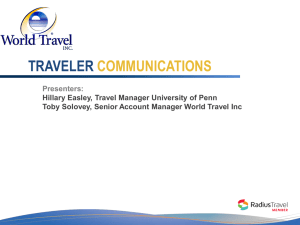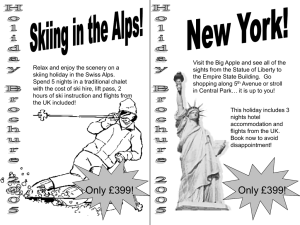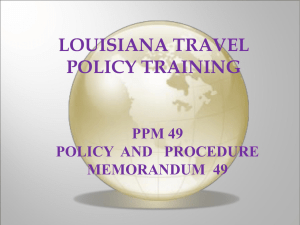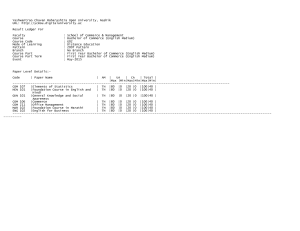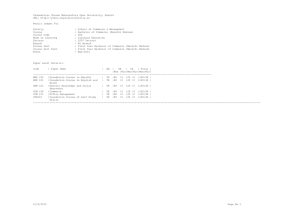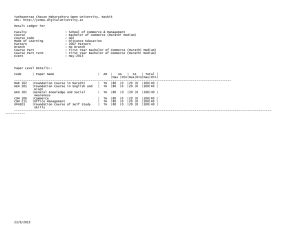Managed Travel Program Essentials
advertisement
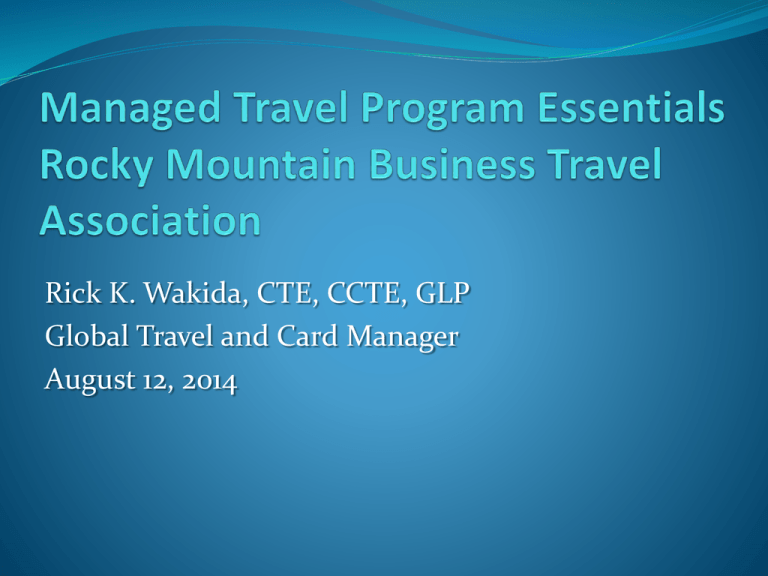
Rick K. Wakida, CTE, CCTE, GLP Global Travel and Card Manager August 12, 2014 Managed Travel Program Essentials Overview Business Travel Leisure Travel Leisure Travel versus Business Travel Managed Program Elements Program Goals Program Foundations Program Management Questions and Answers The Travel Manager as Ringmaster Travel Management Corporate Cards Expense Reporting Business Travel Second largest controllable expense Non-core business Management perspective High profile Political Financial implications Traveler perspective Personal Emotional Perk/Burden Leisure Travel Planned in advance Budgeted Value driven Personal preferences Multiple travelers Leisure versus Business Travel How is travel booked? How are suppliers selected? What form(s) of payment are used? What elements apply only to business travel? Travel Policy Travel risk management Expense reporting Management reporting What is the purpose of Business Travel? Managed Program Elements Travel Policy Designated booking channels Preferred supplier agreements Corporate forms of payment Management reporting Travel Manager/Corporate Travel department Program Goals What determines the goals of a travel program? Senior management objectives Company culture What are the goals of a travel program? Traveler safety and security Traveler convenience Cost savings/avoidance Program Foundations What are the foundations of a travel program? Travel Policy Corporate cards TMC/OBT MIS/Data Which data source has the greatest direct effect on the organization? How do these foundations support the program goals? Program Management Supplier negotiations Airfares Hotel negotiations Car rental coverages Travel risk management Travel metrics Airfares Have you ever heard “The fare went up?” Yield Management 101 Assume three fare classes X, Y and Z Fares are $1,000; $700 and $400 Airline allocates number of seats per flight 100 seats – 50 @ $1,000; 30 @ $700; 20 @ $300 Traveler books 21 days in advance - $300 fare Traveler books 14 days in advance - $700 fare Traveler books 3 days in advance - $1,000 fare Hotel Negotiations Negotiated rate with the Clift Hotel: $120, LRA End of January average rate report for the Clift: $176 Q: How could this be? A1: Revenue Management 27 room nights @ $120 = $3,240 39 room nights @ $165 = $6,435 76 room nights @ $180 = $13,680 58 room nights @ $205 = $11,890 A2: Definition of Last Room Availability Car Rental Coverages Compulsory coverages Collision Liability Other optional coverages Personal Accident/Effects Supplemental Liability Super CDW Travel Risk Management Travel Risks 9/11, London Transit bombings SARS, Avian Flu Eyjafjallajökull eruption, Tōhoku earthquake & tsunami “Train jumps tracks, 32 hurt at Chicago's O'Hare airport” MH 17 MH 370 How does an employer’s Duty of Care impact the travel program? Travel Metrics Average Ticket Price (ATP) Cost Per Mile (CPM) Average Hotel rate Average Car Rental rate OBT adoption Top City-Pairs Top Hotel/Car Rental Cities Advance Purchase analysis Lost/Missed Savings OBT Adoption rate How do you calculate the OBT adoption rate? Based on total transactions OBT transactions – 200 Total transactions – 500 OBT adoption rate – 40% Based on eligible transactions OBT transactions - 200 Domestic transactions (eligible) – 250 International transactions (ineligible) – 250 OBT adoption rate – 80%
